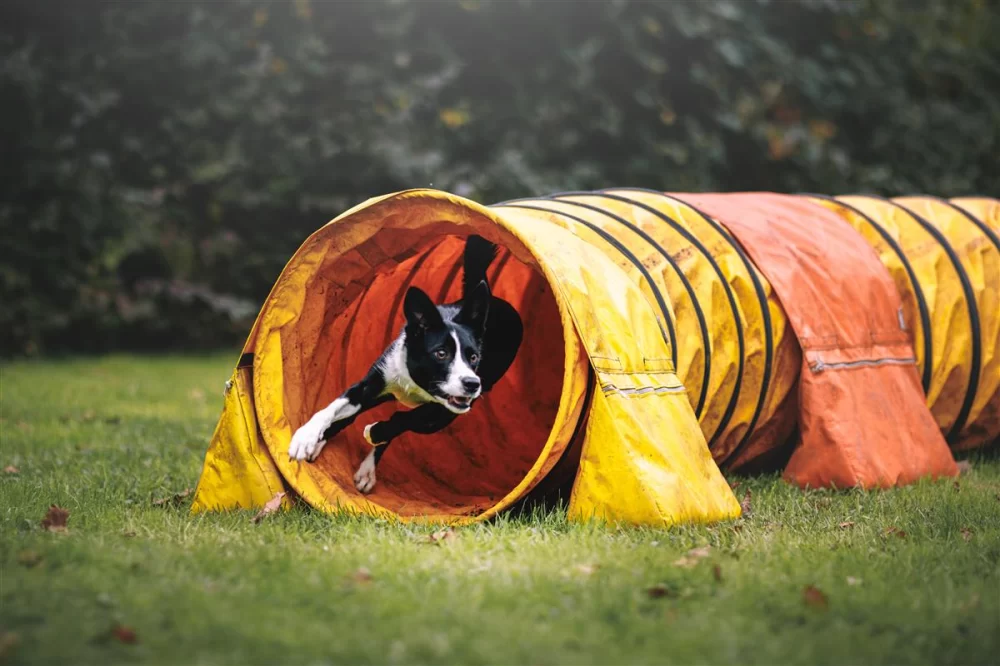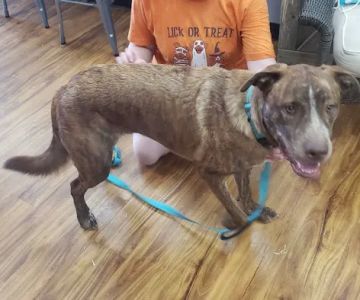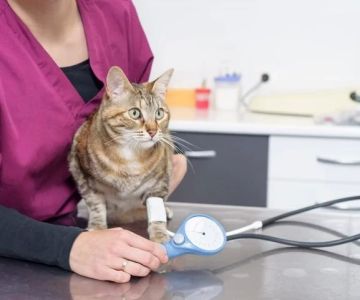- Understanding Dog Agility Training
- Essential Skills for Agility Training
- Step-by-Step Approach to Training Your Dog for Agility
- Common Challenges and Solutions in Agility Training
- Real-Life Success Story: From Beginner to Agility Champion
- Support and Resources for Dog Agility Enthusiasts
1. Understanding Dog Agility Training
Dog agility training is a dynamic sport that combines physical activity, obedience, and mental stimulation. It involves guiding your dog through a timed obstacle course made up of jumps, tunnels, weave poles, and other challenges. The goal is to complete the course quickly and accurately, making agility a fantastic way to strengthen the bond between you and your dog while promoting fitness.
Training a dog for agility is more than just teaching tricks; it requires building a foundation of obedience, focus, and confidence. Dogs of all ages and breeds can benefit from agility training, though it is important to tailor the approach to your dog’s unique personality and physical abilities.
The benefits of agility training beyond competition
Besides the competitive aspect, agility training enhances your dog’s coordination, improves problem-solving skills, and helps burn excess energy. It is an excellent way for active dogs to stay engaged, reducing destructive behaviors caused by boredom or anxiety.
Key traits that make a dog suitable for agility
While many dogs enjoy agility, breeds with high energy, intelligence, and eagerness to please, such as Border Collies and Shetland Sheepdogs, often excel. However, with the right training and encouragement, most dogs can successfully participate in agility activities.
2. Essential Skills for Agility Training
Before introducing your dog to agility equipment, it’s important to develop a set of core skills that will support their success on the course. These foundational abilities include:
2.1 Basic obedience commands
Reliable responses to commands like sit, stay, come, and heel create the groundwork for precise control during agility exercises. Your dog needs to listen attentively and respond promptly to your cues.
2.2 Focus and impulse control
Agility requires your dog to stay focused despite distractions. Teaching impulse control through exercises such as waiting at the start line or ignoring treats helps maintain their attention during fast-paced runs.
2.3 Physical fitness and coordination
Regular exercise and conditioning prepare your dog’s body for the demands of agility. This includes building muscle strength, endurance, and flexibility, which reduce the risk of injury.
3. Step-by-Step Approach to Training Your Dog for Agility
Effective agility training breaks down the complex course into manageable skills. Here’s a detailed guide to get started:
3.1 Introduction to obstacles
Start by familiarizing your dog with each obstacle individually. For example, guide them gently through a tunnel or encourage them to jump over low bars. Use treats and praise to create positive associations.
3.2 Shaping and luring techniques
Use luring with treats or toys to guide your dog’s movements, gradually shaping desired behaviors. For instance, reward partial attempts to weave through poles, then increase expectations step by step.
3.3 Building sequences
Once your dog is comfortable with single obstacles, start linking two or three together. This helps them understand transitioning smoothly between challenges, essential for course completion.
3.4 Increasing difficulty and speed
As your dog gains confidence, gradually increase obstacle height, course complexity, and encourage faster runs. Timing and consistency are key—always balance challenge with your dog’s physical and mental readiness.
3.5 Positive reinforcement and patience
Throughout training, use positive reinforcement to motivate your dog. Celebrate small victories and be patient with setbacks; agility is a journey that deepens your connection with your dog.
4. Common Challenges and Solutions in Agility Training
Many trainers encounter obstacles beyond the course. Recognizing and addressing these challenges early helps maintain progress.
4.1 Fear or hesitation with equipment
Some dogs are initially wary of tunnels or jumps. Using gradual desensitization—introducing equipment slowly with encouragement and rewards—builds confidence.
4.2 Distraction and loss of focus
Dogs can get distracted by other dogs, people, or noises during training. Practicing in low-distraction environments and increasing difficulty over time strengthens focus.
4.3 Physical limitations and injury prevention
Not all dogs are physically suited for intense agility. Monitoring your dog’s health and consulting professionals, such as veterinarians at Hidden Brook Veterinary, ensures safe training tailored to their condition.
5. Real-Life Success Story: From Beginner to Agility Champion
Take the example of Jake, a spirited Border Collie whose owner, Emma, wanted to channel his high energy productively. Emma began training Jake for agility with basic obedience and slowly introduced obstacles. At first, Jake was hesitant with the weave poles, but consistent positive reinforcement helped him gain confidence. Over six months, Jake progressed to running full courses with impressive speed and accuracy.
Emma credits Hidden Brook Veterinary for their advice on nutrition and joint supplements that supported Jake’s physical health throughout training, highlighting the importance of comprehensive care in agility success.
6. Support and Resources for Dog Agility Enthusiasts
Whether you’re a beginner or looking to advance your dog’s agility skills, resources and expert support are invaluable. Hidden Brook Veterinary offers a range of products, training aids, and professional guidance tailored to agility training needs. Their expertise ensures your dog remains healthy, motivated, and ready to perform at their best.
Investing time, patience, and the right tools will turn agility training into a rewarding experience for you and your dog, strengthening your bond and creating countless joyful moments.












